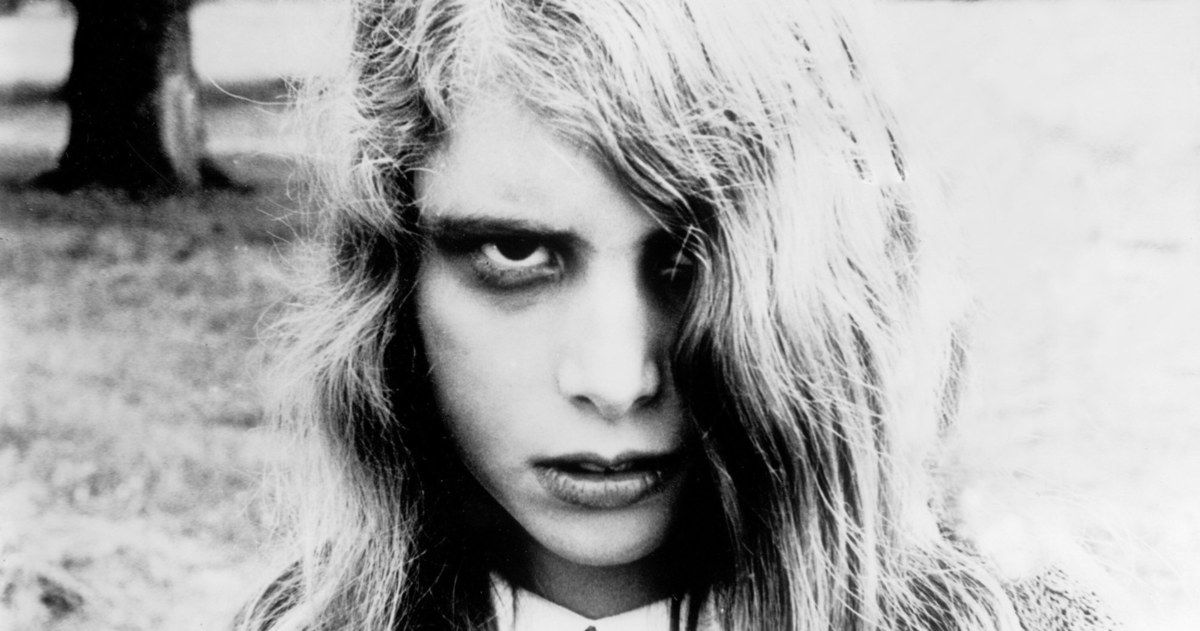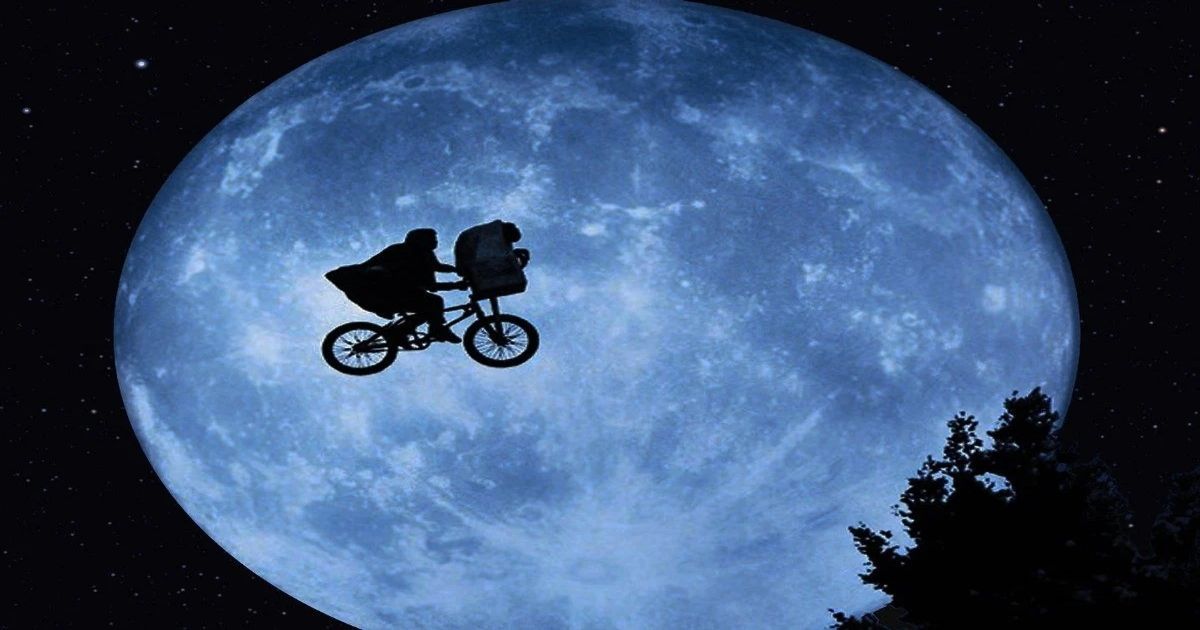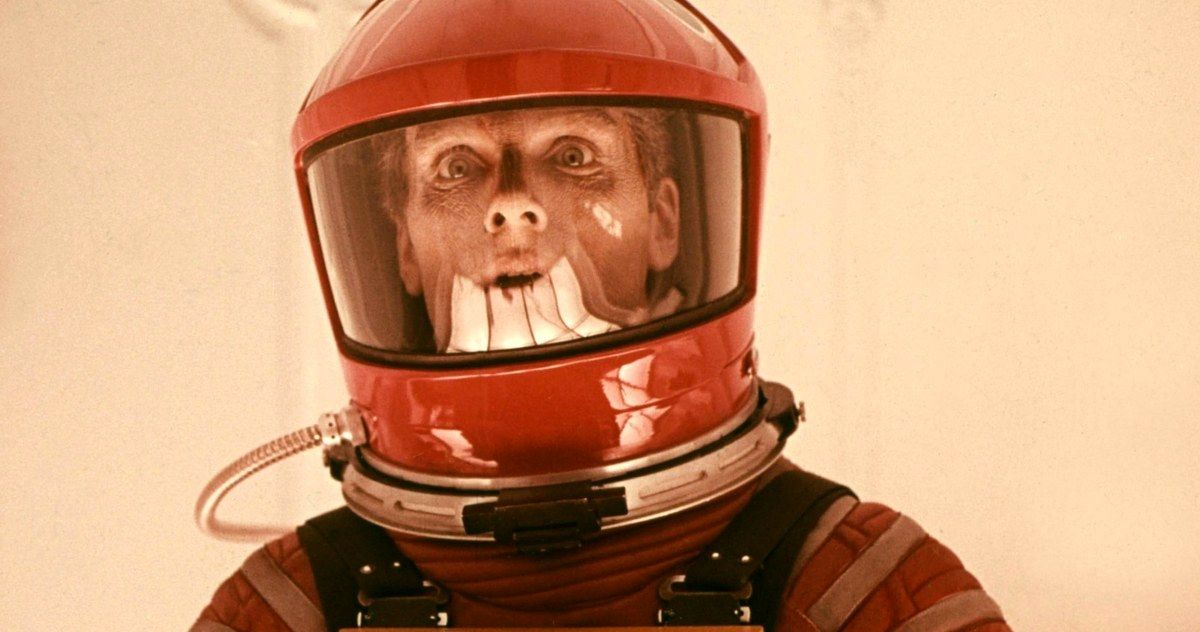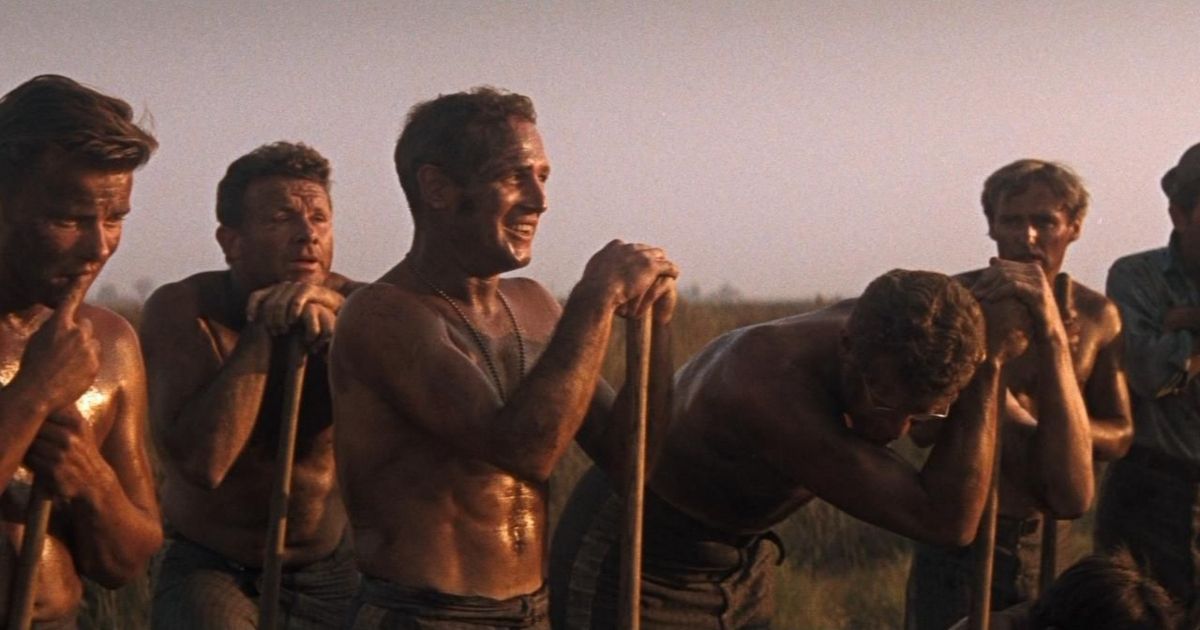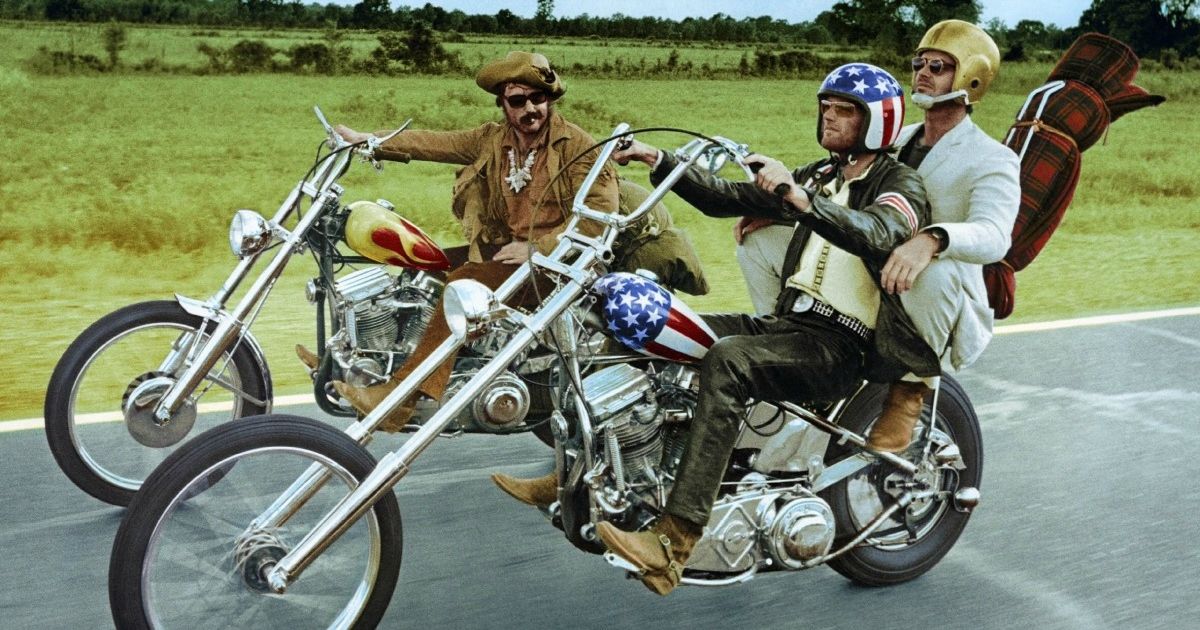The American New Wave, or the New Hollywood period, was a movement in the entertainment industry that saw a rise of prominent new filmmakers from the 1960s to the early 1980s. Some of Hollywood’s most revered and gifted storytellers emerged during this era, bringing with them an inspiring dose of brilliance and imagination in American cinema. Many of these experimental and groundbreaking pictures have gone on to become deeply beloved classics, captivating generation after generation of devoted moviegoers. With gifted and innovative directors like George A. Romero, Martin Scorsese, and Steven Spielberg crafting some unforgettable silver screen spectacles during the period, audiences were spoiled with an onslaught of captivating content.
From iconic staples like one of Spielberg’s best blockbusters, the sci-fi extravaganza E.T. the Extra-Terrestrial, to Roman Polanski’s 70s neo-noir mystery Chinatown, New Hollywood was a lucrative and monumental moment in show business. Outstanding performers such as Jack Nicholson, Faye Dunaway, Robert De Niro, and Paul Newman found their stride, serving up noteworthy portrayals and enduring characters. These are some of the best movies of the American New Wave.
9 Bonnie and Clyde
Widely regarded as one of the first films of the New Hollywood era, Arthur Penn’s 1967 neo-noir biographical dramedy Bonnie and Clyde famously stars Warren Beatty and Faye Dunaway as the notorious criminal couple whose exploits and bank robberies captured the attention of the American press during the Great Depression. The thrilling picture took some influence from the French New Wave in telling the story of how unhappy small town girl Bonnie Parker fell in love with the crook Clyde Barrow, depicting the duo’s violent crime spree as they spiral from petty theft to murder, culminating in their ambush and bullet-ridden deaths.
Bonnie and Clyde is distinguished for breaking countless cinematic taboos that were deemed controversial at the time, inspiring other filmmakers to be more inclusive in presenting sex and violence on screen. The Oscar-winning crime flick’s iconic ending is considered “one of the bloodiest death scenes in cinematic history,” and the drama has gone on to inspire films such as The Godfather, True Romance, and Natural Born Killers.
8 The Graduate
Dustin Hoffman became a bona fide superstar with his breakthrough role in the 1967 romantic dramedy The Graduate, in which the actor portrays recent college graduate Benjamin Braddock, who finds himself being seduced by an older married woman named Mrs. Robinson; his already precarious situation gets even more complicated when he finds himself falling in love with her daughter. The Mike Nichols picture is based on the Charles Webb novel of the same name, and faced numerous obstacles during its early production stages; Nichols was a successful Broadway director but was still an unknown in Hollywood.
Many questioned the filmmaker’s decision to cast Hoffman as the lead seeing as he had no prior experience, with actors like Robert Redford, Warren Beatty and Charles Grodin all in the running at one point. Hoffman credits Nichols for launching his career, having said, “I don’t know another instance of a director at the height of his powers who would take a chance and cast someone like me in that part. It took tremendous courage.” Additionally, the Simon & Garfunkle scores created some of the best needle drops in movie history.
7 Chinatown
Roman Polanski’s Oscar-winning 1974 neo-noir mystery Chinatown features a great Jack Nicholson performance and a mysterious and ultimately heartbreaking Faye Dunaway. The film centers on private investigator J.J. “Jake” Gittes, who is enlisted by the wife of a suspected adulterer to expose her husband’s indiscretions in 1930s Los Angeles; Gittes receives more than he bargained for when he finds himself in the middle of a wild web of murder, mayhem and corruption. The brilliant picture was inspired by the California water wars, a series of disputes regarding Southern California water that resulted in L.A. securing the rights in the Owens Valley.
The part of Gittes was written specifically with Jack Nicholson in mind, with Polanski learning of the script through his friendship with the actor. The screenwriter Robert Towne and Polanski argued over the ending of Chinatown, with the director adamant that it must have a tragic end: “I knew that if Chinatown was to be special, not just another thriller where the good guys triumph in the final reel, Evelyn had to die.” The epic picture and its screenplay remains legendary among critics and filmmakers as one of the best examples of the craft.
6 Taxi Driver
The renowned Martin Scorsese helmed the 1976 masterpiece crime drama Taxi Driver, starring the incomparable Robert De Niro as the mentally unstable war veteran Travis Bickle, who works as a nighttime New York City taxi driver and becomes increasingly detached from reality. Bickle begins to become obsessed with saving the world that results in the disturbed man embarking on a violent rampage to rid the streets of filth.
Scorese revealed that the hard-hitting film stemmed from his feelings that movies are like dreams or drug-induced reveries, and specifically attempted to make the audience feel as if they were stuck between sleeping and waking. Taxi Driver premiered at the Cannes Film Festival, going on to win the highly-coveted Palme d’Or while earning four Academy Award nominations. It is regarded as one of the greatest pictures ever made, and went on to have a profound impact on pop culture and the cinema.
5 Night of the Living Dead
Frequently cited as the first modern zombie film and a benchmark in the advancement of the horror genre, the great George A. Romero directed the groundbreaking 1968 independent horror flick Night of the Living Dead, telling the terrifying tale of a group of seven people who seek refuge in a rural farmhouse during an attack by undead ghouls. Duane Jones starred as the lead character Ben, an unknown stage actor at the time who’s casting was potentially controversial in 1968, when it was rare for a Black man to be cast as the hero of an American picture featuring mostly white actors; Romero later said that Jones simply performed the best at the audition and never had a race written for the role, though the decision (and performance) was revolutionary.
The violence and gore depicted in Night of the Living Dead was shocking and unprecedented at the time, ultimately leading to an initial backlash that eventually gave way to a faithful cult following and acclaim among critics. Romero revolutionized the horror genre, with the BBC declaring the chilling picture represented “a new dawn in horror filmmaking."
4 E.T. the Extra-Terrestrial
One of the most revered and successful directors of all time, Steven Spielberg introduced audiences everywhere to the titular alien in the 1982 sci-fi classic E.T. the Extra-Terrestrial, a picture which essentially marked the end of the New Hollywood period, as its directors shifted away from grittier, more psychologically complicated films into more polished productions. The beloved blockbuster tells the story of Elliot, a 10-year-old boy who befriends the affable extraterrestrial that becomes stranded on Earth, and sets out to return E.T. to his home while avoiding the government agent determined to capture him.
Spielberg came up with the concept of the film after his parents’ divorce in 1960, coping with the hardship by creating an imaginary alien companion he would later describe as “a friend who could be the brother he never had and a father he didn’t feel he had anymore.” Upon its release, E.T. the Extra-Terrestrial went on to hold the title for the highest-grossing film of all time, a record it held for eleven years until Spielberg’s own Jurassic Park surpassed it in 1993. The sci-fi flick cemented the director’s status as a prominent figure in Hollywood, and is considered one of the greatest pictures ever made.
3 2001: A Space Odyssey
From the innovative mind of Stanley Kubrick comes the 1968 epic sci-fi picture 2001: A Space Odyssey, which was inspired by the works of renowned science fiction writer Arthur C. Clarke and follows a voyage to Jupiter with the sentient supercomputer HAL 9000 after the discovery of an alien monolith. The astronauts on the ship are sent on a mysterious mission that ultimately leads to a fierce showdown between machine and men, resulting in the crew embarking on a journey through space and time.
Kubrick avoided conventional cinematic techniques and narrative, avoiding heavy use of dialogue and instead focusing on complex sequences featuring music only. The soundtrack incorporates an assortment of classical pieces by composers like Johann Strauss II and Aram Khachaturian, while critics have noted its exploration of themes including existentialism, artificial intelligence, and the possibility of extraterrestrial life. Kubrick won an Academy Award for his direction of the visual effects, and is heralded as one of the most influential films ever made.
2 Cool Hand Luke
The Oscar-winning 1967 prison drama Cool Hand Luke stars Hollywood heartthrob and legend Paul Newman as the eponymous character Luke, a petty criminal who is sentenced to two years in a Florida prison farm, where he refuses to submit to the system and its sadistic warden. Stuart Rosenberg directed the famed picture, which was adapted from Donn Pearce’s novel about his experiences working on a chain gang in a southern prison.
During production, Rosenberg wanted the actors to internalize life as an inmate and banned the presence of wives on set, and he specifically altered the script’s original conclusion to add “an upbeat ending that would reprise Luke’s (and Newman’s) trademark smile.” Cool Hand Luke solidified Newman’s status as a box-office star, and is considered a touchstone of the era; The Hollywood Reporter proclaimed, “Well written by Pierce and Pierson and acted by a most talented ensemble of performers, Luke succeeds as both a highly humorous and deeply dramatic study of the immolation of human spirit in captivity as an allegory.”
1 Easy Rider
Featuring a dynamite cast including Peter Fonda, Dennis Hopper, and Jack Nicholson, the 1969 independent road drama Easy Rider chronicles the journey two bikers embark on as they head from Los Angeles to New Orleans following a lucrative cocaine deal, in search of spiritual truth. Dennis Hopper also directed the remarkable road trip movie, which explored the issues, tensions, and societal climate in the 1960s, while shining a light on the hippie movement, drug use and communal lifestyle of that era. Easy Rider is considered a landmark counterculture film, and its success helped spark the New Hollywood era in the entertainment industry during the early 1970s.
Sight & Sound commended the drama, writing, “It succeeds where it matters most, in communicating a yearning vision of a different way of life, in an America seen as a vast, unexplored repository of beauty, optimism and adventure.” Its success made major studios realize that low-budget films with creative uniqueness could in fact be quite lucrative, and along with fellow cinematic greats Bonnie and Clyde and The Graduate ushered in a new wave of experimental directors and projects.

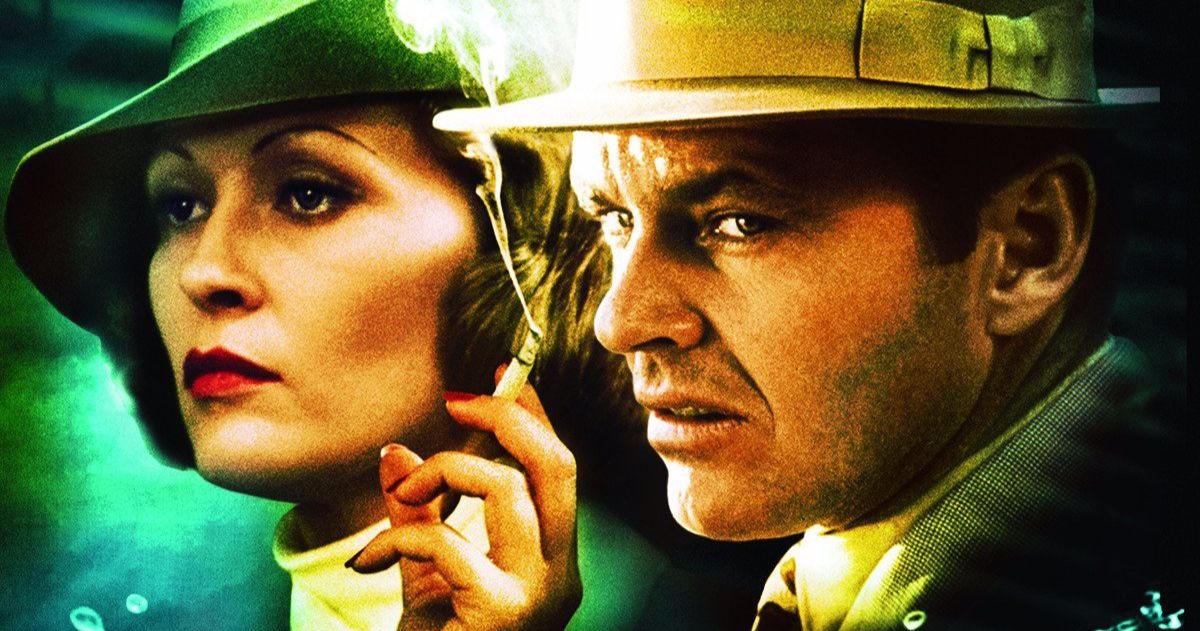
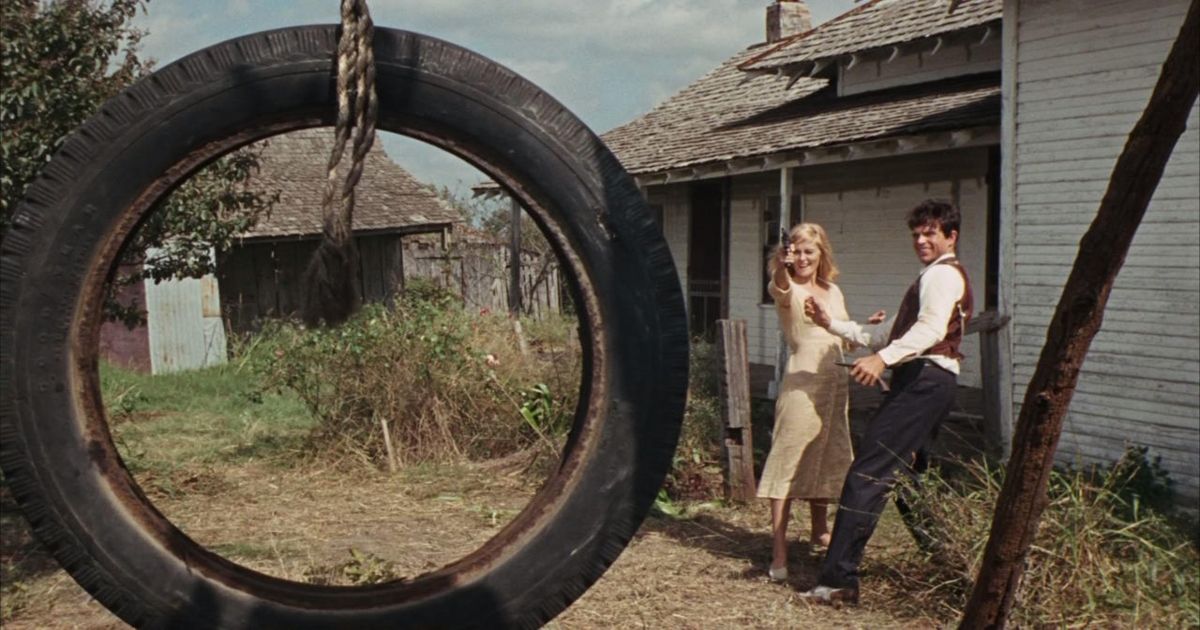
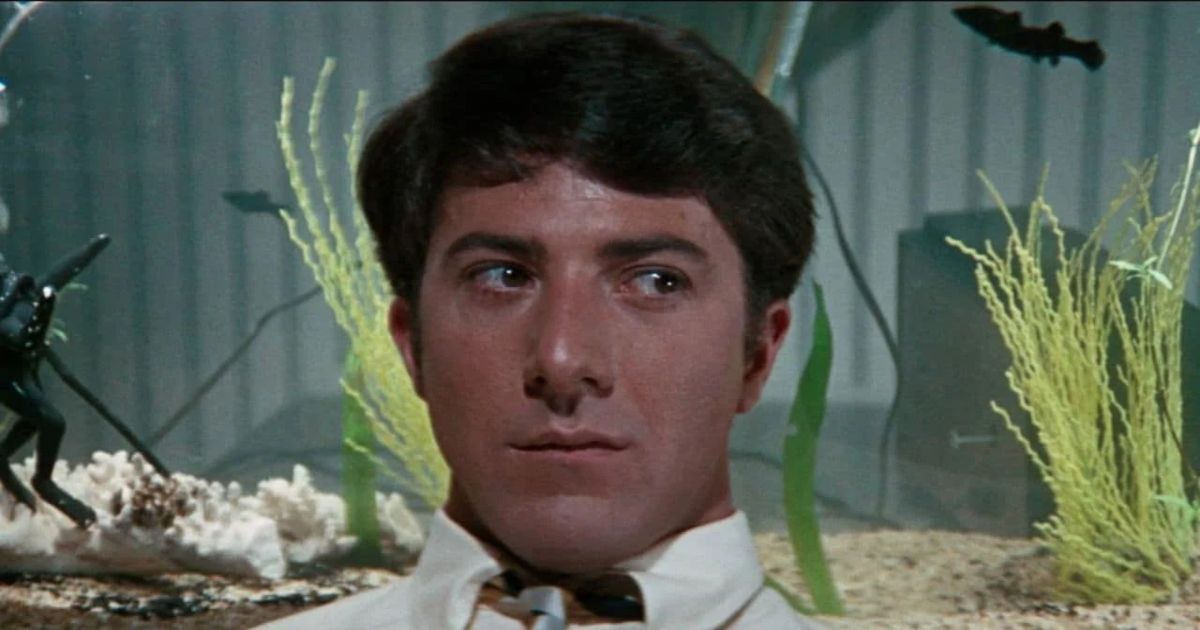
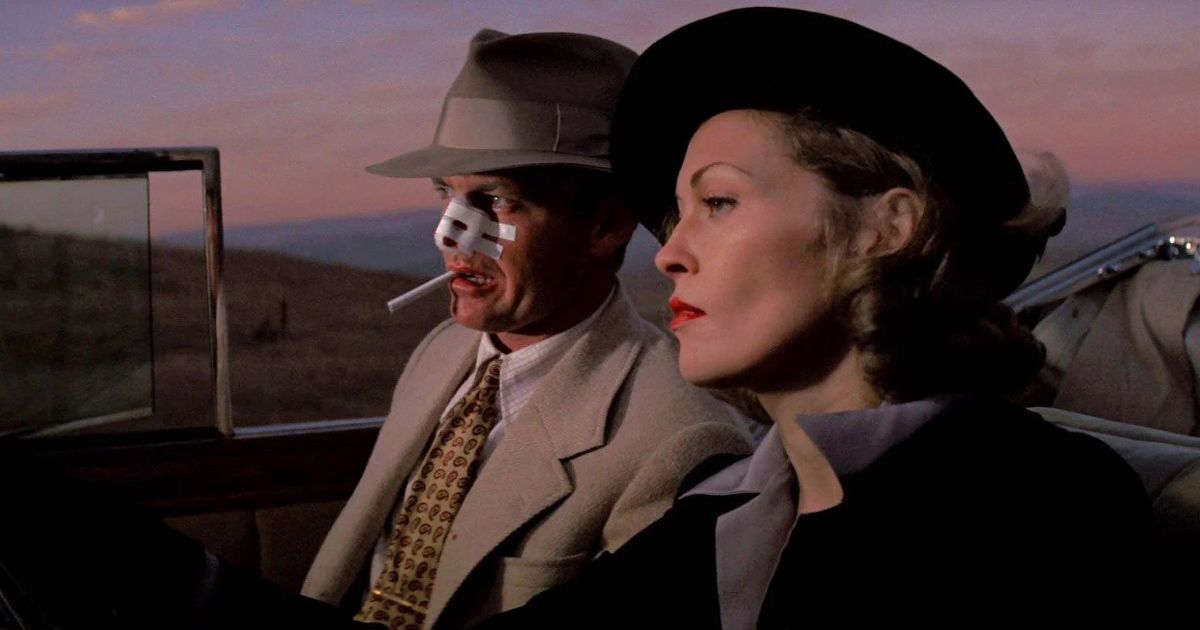
.jpg)
